Category: Code Issues and Updates
-
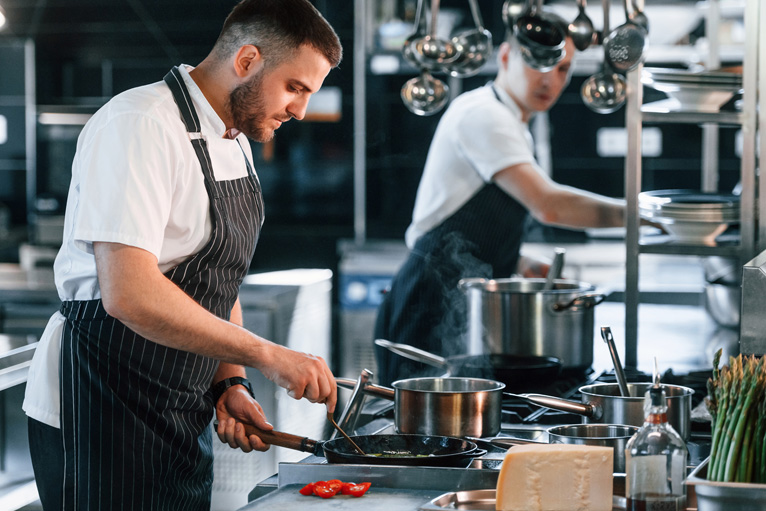
Cal/OSHA’s New Heat Illness Prevention Regulation: How Proper Kitchen Ventilation Can Help
With the introduction of California’s new Heat Illness Prevention regulation by Cal/OSHA, businesses across the state are facing new requirements to protect employees from heat-related risks. While outdoor workers have traditionally been the focus of heat illness prevention, this regulation now extends protections to employees in indoor environments, such as restaurants, warehouses, and manufacturing facilities.…
-
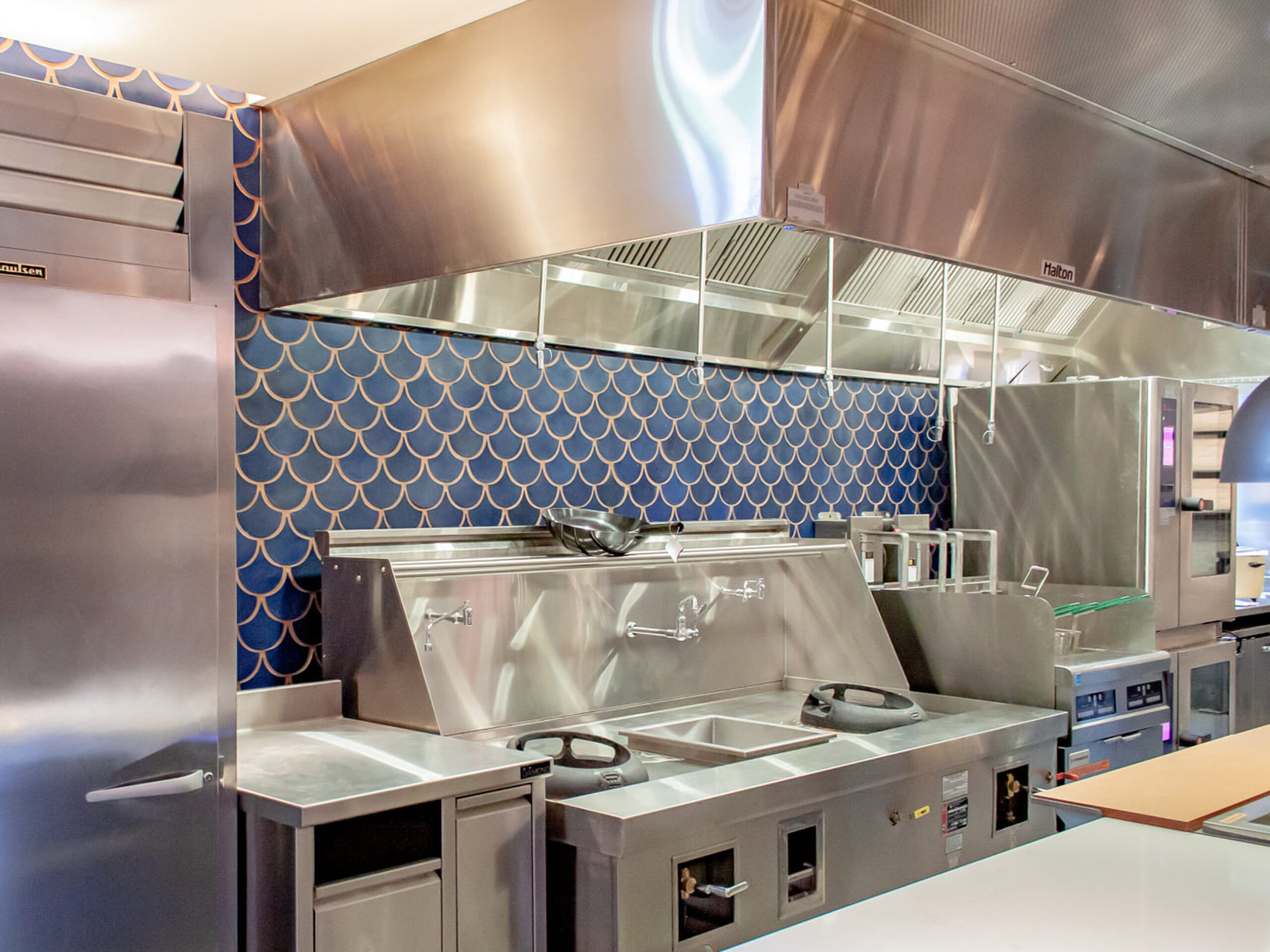
How NFPA 96 (National Fire Protection Association) and IMC (International Mechanical Code) Chapter 5 intersect.
NFPA 96 (National Fire Protection Association) and IMC (International Mechanical Code) Chapter 5 both play significant roles in regulating commercial kitchen ventilation systems. While they are separate documents, they often complement each other and address different aspects of commercial kitchen ventilation. NFPA 96 establishes standards for the installation of commercial kitchen ventilation systems and fire…
-
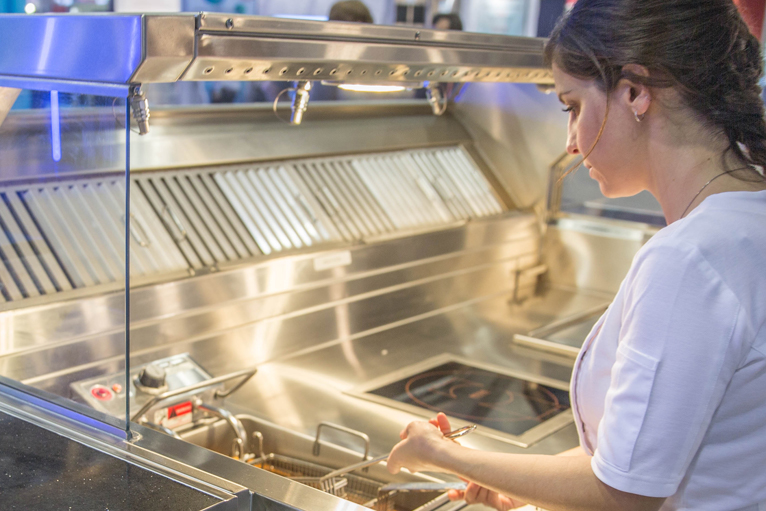
Advantages and Limitations of Ventless Solutions for Commercial Kitchen Ventilation
When designing a kitchen ventilation system, there may be a location where it is not cost-effective to run ductwork to the exterior of the building. This approach should always be the first consideration. In the absence of a practical means of ducting the kitchen exhaust, a ventless solution also known as a ductless solution can…
-
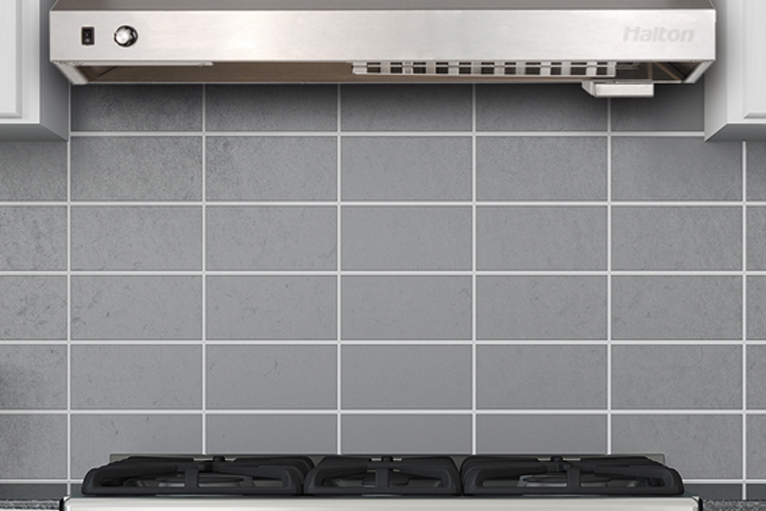
What the Building Codes require when installing a residential range in a commercial space.
Cooking causes over 50% of residential fires and over 29% of non-residential fires. It is important to understand what is needed when installing a residential-rated range in a commercial space. This type of application differs from traditional commercial kitchen ventilation systems. Those are governed by a different set of codes and requirements. Typically a residential…
-

New Regulations for Pollution Control Units for Commercial Cooking
It may come as a surprise to you but up until recently, there had been no regulation dedicated specifically to Pollution Control Units for Commercial Cooking. Previously most PCU’s for Commercial Cooking were listed to UL 1978 standard for Grease Duct Construction or UL 710 Standard Exhaust Hoods for Commercial Cooking Equipment . The requirements…
-
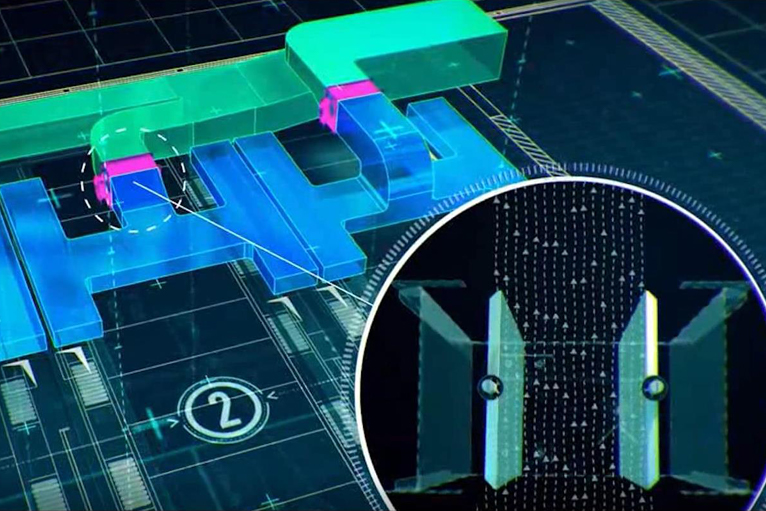
How can you have balancing dampers in a grease duct? I thought they were not allowed?
Here’s what NFPA 96 has to say about balancing dampers in commercial kitchen exhaust ducts. Chapter 9 Auxiliary Equipment 9.1 Dampers. 9.1.1 Dampers shall not be installed in exhaust ducts or exhaust duct systems. 9.1.2 Where specifically listed for such use or where required as part of a listed device or system, dampers in exhaust…
-
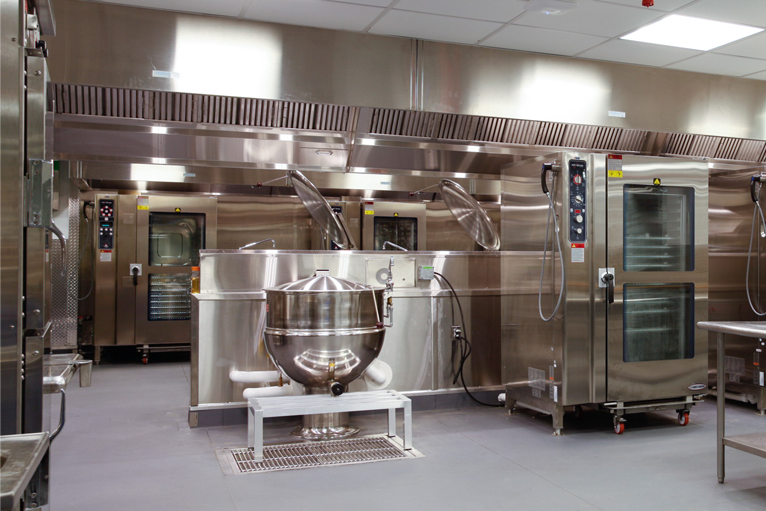
What is ASTM F1704 Standard Test Method for Capture and Containment Performance of Commercial Kitchen Exhaust Ventilation Systems? How does it differ from U.L. 710 rating?
Simply put, the UL 710 Standard for Safety Exhaust Hoods for Commercial Cooking Equipment criteria is a fire safety test and the ASTM F1704 Standard Test Method for Capture and Containment Performance of Commercial Kitchen Exhaust Ventilation Systems is a performance based test to determine the capture and containment threshold for any given hood under…
-
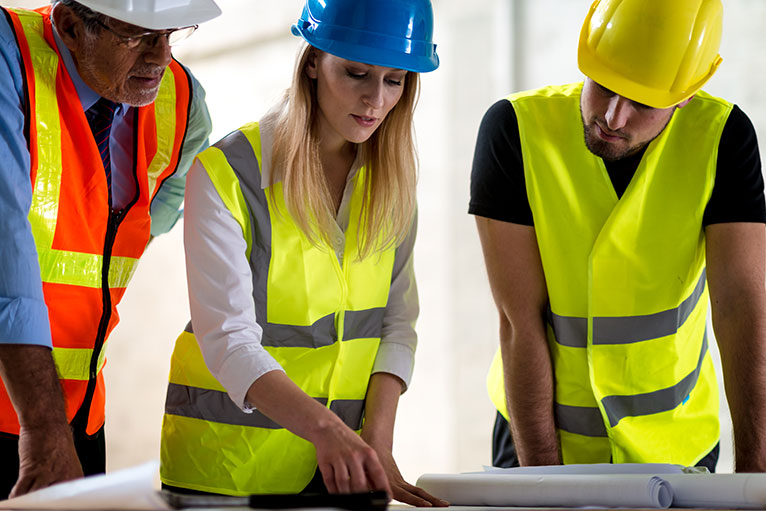
Who is the “AHJ” and what authority do they have on a project?
AHJ refers to “The Authority Having Jurisdiction”. The AHJ has final authority for the interpretation of fire and building codes (NFPA, IMC). Although model codes are interepted fairly consistently, a number of municipalities may have variations or interpret certain elements of the codes differently. In some cases there are additions not covered in the model…
-
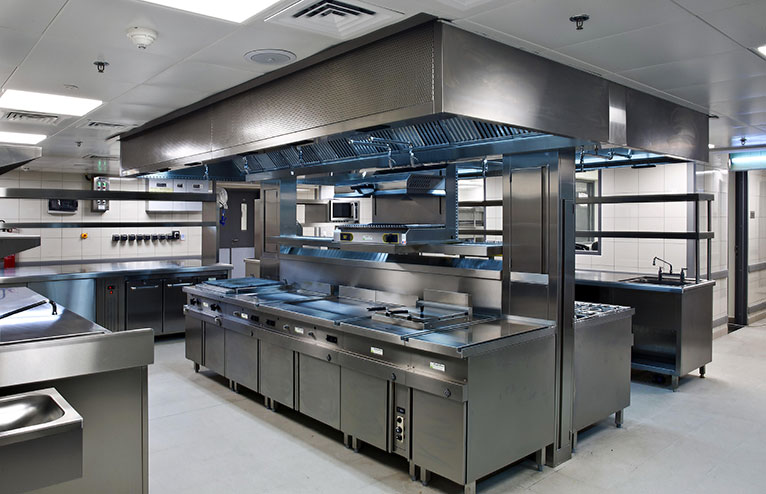
What are the standards for hood overhang to specific cooking equipment? Is it based on UL Listings of the hood?
The specific overhang (ends, front and/or rear) are predicated on the U.L. 710 testing for the specific model of that manufacturer. When testing for capture of visible cooking vapors, the manufacturer establishes the overhangs to test under (6” (152mm) on the ends for example). Assuming they pass the test, that overhang becomes part of their…
